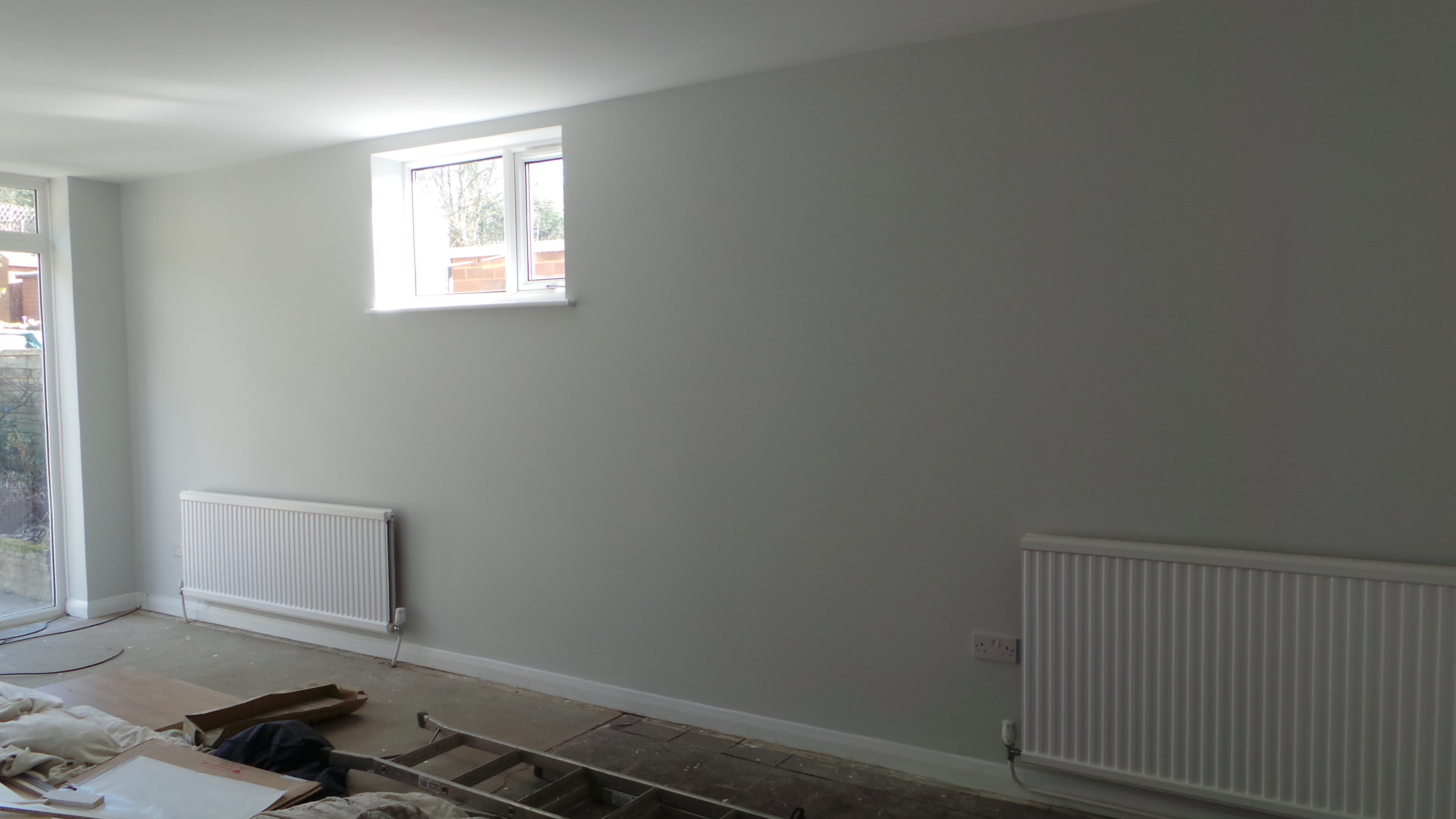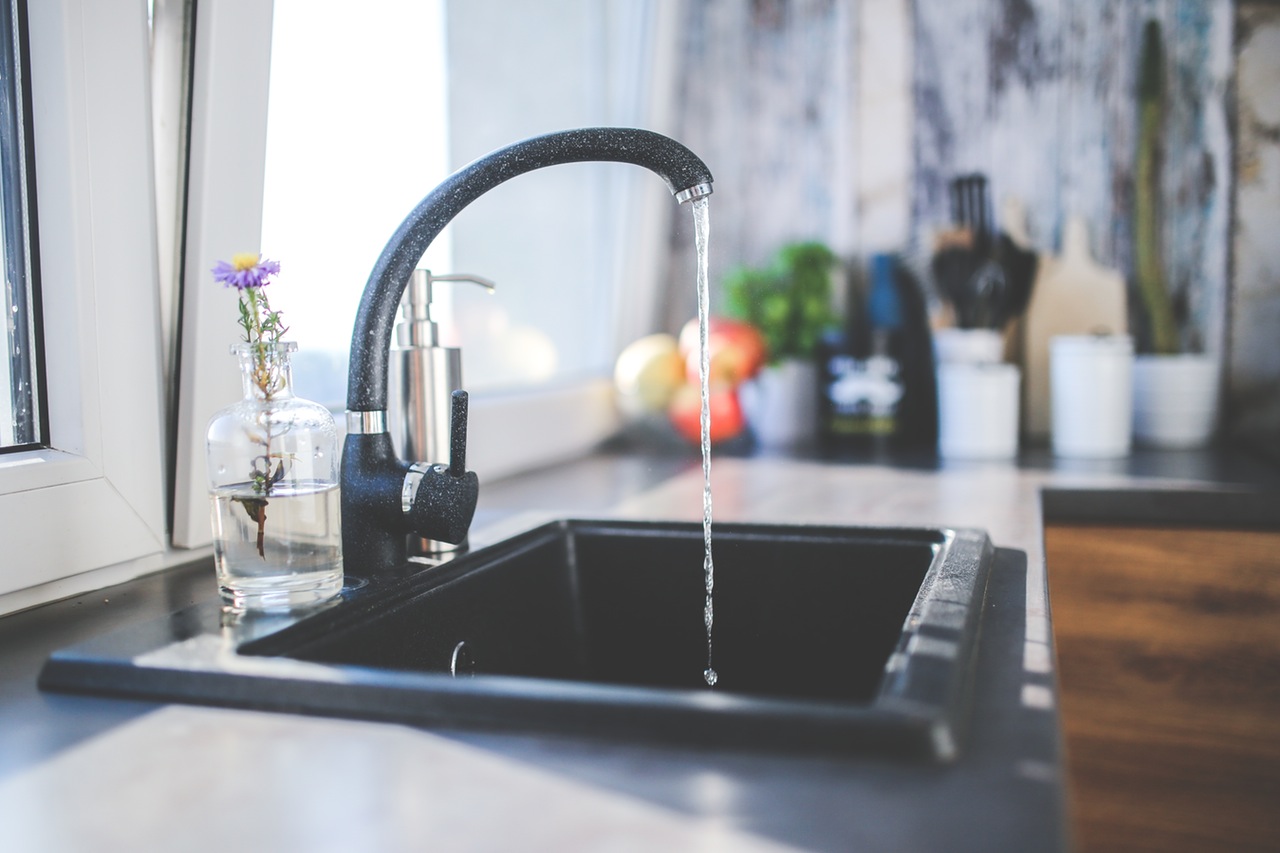The environmental benefits of underfloor heating

Sustainability, non-renewable resources versus renewable resources, environmentally friendly, being green… they are all phrases that we have become accustomed to in recent years. The drive to have warm, cosy homes that don’t cost the earth to heat, both physically and financially, is an activity that we must all consider, especially during the winter months!
With this in mind, you may have been persuaded that the best and more environmentally-friendly heating option is to invest in underfloor heating kits. Before you rip up the floorboards and start laying pipes or electric mats, what is the truth around underfloor heating? Is it all that it is cracked up to be?
What is powering your underfloor heating?
The environmentally-friendliness and subsequent green credentials of any heating system depends on the source of energy being used to power the heating system. So how can underfloor heating be powered, and which is the best green option?
- Combi-boiler – gas or oil
Gas and oil are two examples of non-renewable energy. A natural product forming over millennia, supplies are running low and so advocating using these sources of power seems faintly ridiculous.
However, our use of these resources in the past have been wasteful. For every kWh of heat, they produced, we used very little and we didn’t use it efficiently.
With underfloor heating kits and systems, they use less energy to heat your home to a pleasant, comfortable temperature. And when combined with a modern combi-boiler that uses energy more efficiently, you will use less energy to heat your home to the same level.
- Solar energy
If you opt for electric underfloor heating, you may consider using them with solar panels. If you have a south-facing roof and plenty of roof space, pack on the solar panels and start capturing all that energy in the sun.
- Ground source heat
Sinking pipes deep into the ground and using the earth’s heat to warm water that then flows through the pipes of your underfloor heating kit is also a means of using renewable source of energy to heat your home. It never runs out and is perfectly reliable. And, like solar energy, produces no carbon emissions in operation either.
How are you using it?
We have all known it: your house becomes too hot and stuffy and you simply must release some of the heat by opening windows or doors. This, of course, defeats the object and is also incredibly wasteful, both to the environment and to your budget.
With underfloor heating, manufacturers and installers agree that the best way of using it to its maximum efficiency is to have the most responsive thermostat that your budget will stretch to.
A smart thermostat is paired with your smart phone and via an app, you can have minute control over the temperature in your home, every minute of the day. Pre-setting the thermostat is all well and good but it may be that one day, you are going to be late home from work. Rather than the underfloor heating system belching out heat to warm an empty home, you can delay it. And then, when you have finally left work, you log on to your app via a Wi-Fi or data connection and tell it to decrease the heat or vice versa.
Underfloor heating is also different in how it works to the central heating system we are also familiar with. Whereas central heating belches out heat with a surge in energy, underfloor heating works by maintaining a pleasant, but lower temperature in your home.
If you want a roaring hot home, invest in the biggest fire place you can but, underfloor heating will give off a far more pleasant heat, and cost you far less money too.
How insulated is your home?
Lower running temperatures means less energy consumption, whether the underfloor heating system is connected to your combi-boiler or running off ground source heat.
But, you can take this one step further and insulate your home to super-duper levels. This means using environmentally friendly insulation in walls and the loft, as well as fantastic insulation beneath your underfloor heating pipes or mats so that no heat is lost to the ground.
Is underfloor heating the best in environmentally friendly heating options?
It is certainly close to the No.1 spot if it is not already occupying it. It uses less energy to deliver a level of heat that is pleasant, cosy and comfortable. Can you think of another heating system that delivers this and consistently too?






